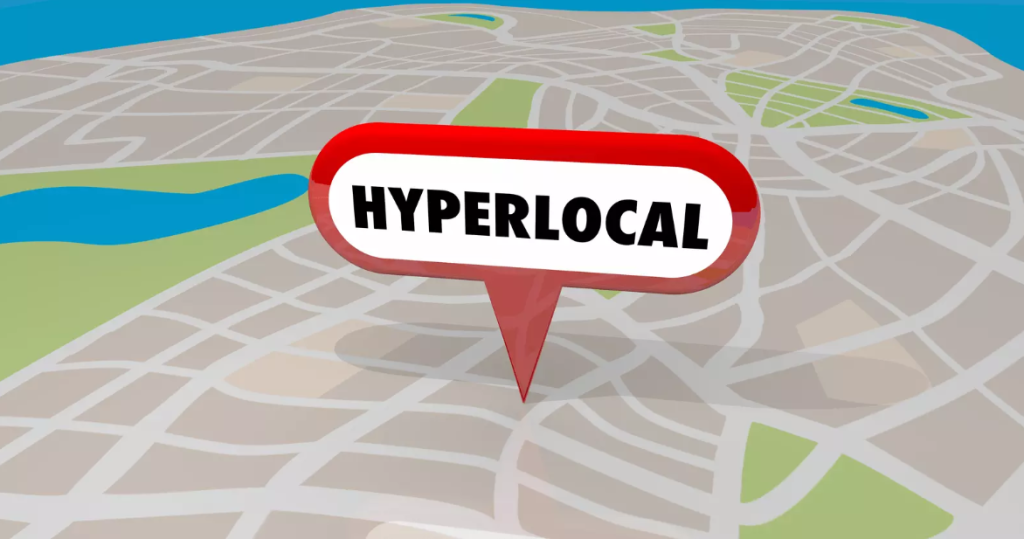Ever opened your browser — Chrome, Edge, Safari, whatever — and seen that blank bar at the top saying “Search Google or type a URL”? Yeah, that thing we all stare at without thinking twice. It’s like the front door to the internet. But what does it actually mean, why is it there, and why does everyone just… ignore it like it’s part of the wallpaper?
Let’s break it down, casually — because this phrase has more going on behind it than most of us realize.
What “Search Google or Type a URL” Means (In Simple Words)
Okay, so that line basically tells you:
👉 You can either search for something (like “funny cat videos”) or go directly to a website (like “youtube.com”).
The address bar — also called the omnibox in Chrome — is doing two jobs at once. It’s both your search engine and your direct navigation tool.
Think of it like a waiter who asks:
“So… do you want me to bring you what you’re craving, or do you already know exactly what you want from the menu?”
If you type random words, it’ll “search Google.”
If you type an exact web address, it’ll “go there.”
Simple, right? But there’s a lot of cool tech hiding under that simplicity.
Why Browsers Added This Line in the First Place
Back in the early 2000s, browsers used to have two boxes: one for search, one for URLs. People kept mixing them up. Google saw the chaos and said, “Fine, let’s merge them.”
Now, instead of deciding whether to type into the search bar or the URL bar, you just type anywhere — and Chrome figures it out. The phrase “Search Google or type a URL” is basically Chrome’s polite reminder that it can do both.
Fun Fact: It’s Not Just Google
If you switch your default search engine, that message changes too. For example:
- Bing will say: “Search Bing or type a URL”
- DuckDuckGo: “Search DuckDuckGo or type a URL”
- Brave Browser: “Search Brave or type a URL”
So that message actually depends on your default search engine setting, not the browser itself.
How It Actually Works (A Bit Nerdy, But Cool)
When you type something like “apple,” Chrome runs a quick check.
- If it detects .com, .net, or https://, it assumes it’s a website.
- If not, it just throws your words into Google’s search engine.
And if you’ve ever noticed, it also autocompletes stuff — that’s your search suggestions, powered by Google’s real-time data. It’s like predictive text but on internet steroids.
Real-Life Example: Why It Matters
A friend of mine once typed “facebook” into the bar but forgot the “.com.” Chrome thought it was a search term and showed 10 results for “Facebook.”
He clicked the wrong one, landed on a sketchy copycat site, and… let’s just say his account wasn’t his anymore.
Moral of the story: that little line — “Search Google or type a URL” — is also a reminder to be precise when typing web addresses. Otherwise, Google’s gonna take you for a spin.
Why It’s Always There (Even on Blank Tabs)
Ever noticed that every time you open a new tab, it’s right there waiting for you?
That’s because it’s like a launchpad. Chrome doesn’t know what you want yet — so it gives you two options right upfront:
- Search for something new
- Go directly somewhere familiar
It’s like your phone asking, “Wanna call someone new or just redial your bestie?”
Common Confusion People Have
Q: Why does it show up when I’m already online?
A: Because that’s Chrome’s default home screen. Even if you’re connected, it shows the bar for convenience.
Q: Can I remove the message?
A: You can’t fully remove the text, but if you use themes or custom homepages (like Momentum or Infinity New Tab), it’s hidden or replaced.
Q: Why does it say Google and not something else?
A: Because your browser’s default search engine is set to Google. You can change it in Settings → Search Engine.
The Psychology Behind It (Yes, There’s One)
It sounds silly, but this tiny phrase changed how people think about the internet.
Before, users had to know exact URLs. Now, they don’t need to remember anything — just search.
That made Google the gateway to everything. It’s the reason people literally type “Facebook” or “YouTube” into Google instead of just typing the URL.
It’s not laziness — it’s habit. We’re conditioned to search first, visit later.
SEO Angle: Why This Matters to Marketers
You might be wondering — “What does this have to do with SEO?”
Actually, a lot. When people type brand names into that omnibox, it counts as a search query. So your brand’s visibility depends on whether you show up at the top of those branded searches.
For example:
If users type “Amul butter,” Google suggests “Amul butter online,” “Amul butter price,” etc. — and whichever website ranks first gets free traffic from these lazy-but-common searches.
That’s why SEO companies like SEOCompanyJaipur.in focus on optimizing for branded and short-tail keywords. Because, let’s face it — people are always gonna use that omnibox like a search bar, even if they know your site.
Hidden Features in the Address Bar
- Calculator: Type
34+12— Google shows the result instantly. - Unit Converter: Type
10 USD to INR. - Weather: Type
weather Delhi. - Timer or Definition: Type
define empathyorset timer for 5 minutes.
All from that one little line that just says “Search Google or type a URL.”
Is It Safe to Search Directly from There?
Mostly, yes. But keep this in mind:
- Don’t click sketchy-looking links from Google results.
- Use HTTPS sites (you’ll see the padlock).
- Avoid typing personal info in public computers — even if it’s just a URL.
The omnibox doesn’t save your private data, but your browser history might.
How to Change or Customize It
If you’re bored of seeing that same default look:
- Open Chrome Settings
- Go to “Search Engine”
- Pick from Google, Bing, Yahoo, or DuckDuckGo
You can also install a new tab extension that replaces it with something cooler — like to-do lists, daily quotes, or pretty wallpapers.
Why Sometimes It Doesn’t Show
If your browser homepage is set to a specific website (like your company site or a custom dashboard), you won’t see the “Search Google or type a URL” message. It only appears when the default page is Google’s new tab or start screen.
Lesser-Known Trick
If you type site:example.com before a keyword, it only searches that site. Like:
site:nytimes.com health → finds only health articles from NYTimes.
That’s one of those “power user” tricks hidden behind the same search bar we all ignore.
The Future of the Omnibox
Google’s already testing AI-powered search bars. Soon, that simple “Search Google or type a URL” line might become a full-blown assistant — answering questions directly without even loading results.
Imagine typing “who won the 2024 IPL” and getting the answer right in the bar, no click needed. That’s where it’s headed.
FAQs
Q1. What does “Search Google or type a URL” actually mean?
It means you can either enter a keyword to search on Google or type a website address directly to go there.
Q2. Can I change that default search from Google to something else?
Yes. Go to Chrome Settings → Search Engine → Choose Bing, DuckDuckGo, or another.
Q3. Why do I see it even when offline?
Because it’s Chrome’s default start screen. You can still type queries, and they’ll run once you reconnect.
Q4. Is it safe to search from the address bar?
Yes, it’s secure as long as you’re using an updated browser and HTTPS websites.
Q5. Why does my Chrome not show “Search Google or type a URL”?
If you’re using a custom homepage or non-Google theme, that line may be hidden.
The Bottom Line
That one sentence — “Search Google or type a URL” — is basically the front gate to the internet for billions of people. It’s what connects random curiosity to real answers, and lazy typing to the world’s biggest search engine.
So next time you see it, maybe appreciate how much that one little bar does — from calculations to conversions to helping brands get discovered.
And if you ever want to rank inside that omnibox (yep, that’s SEO talk), check out SEOCompanyJaipur.in — they specialize in helping websites become exactly what people find when they start typing into that magical little bar.



